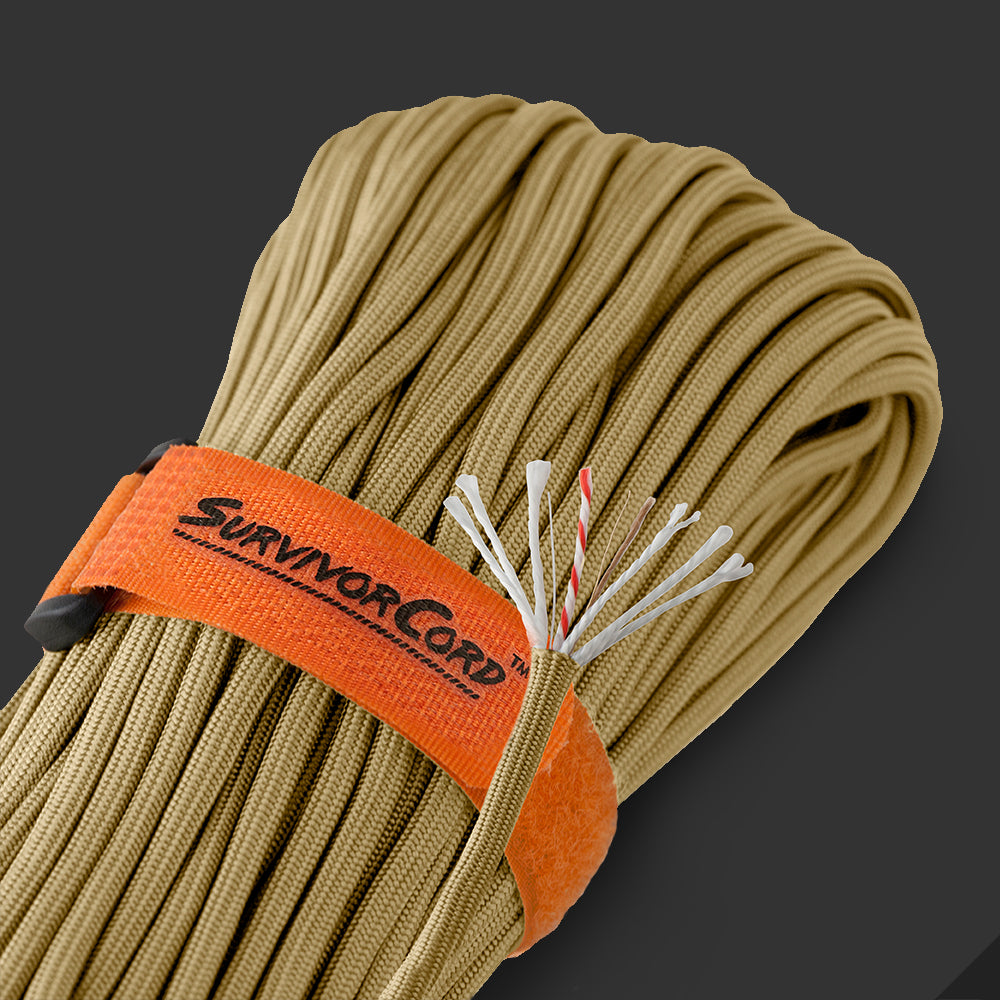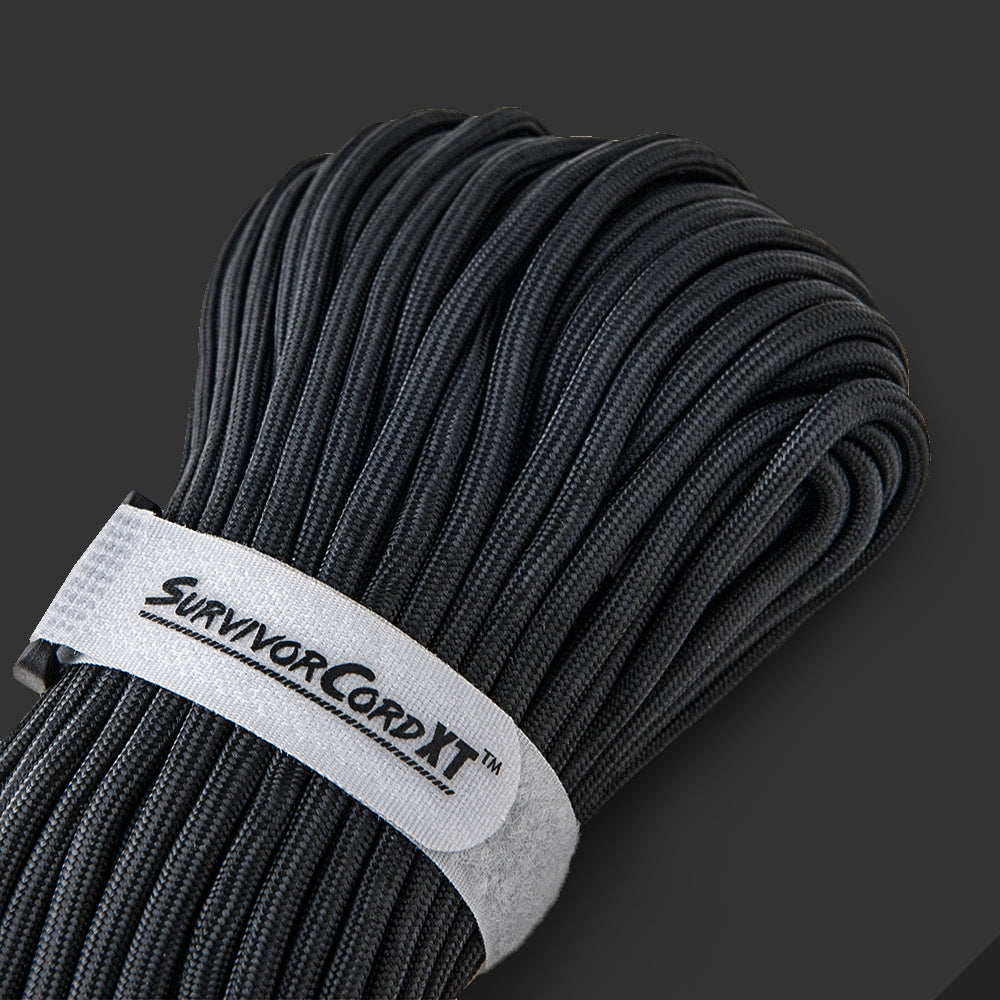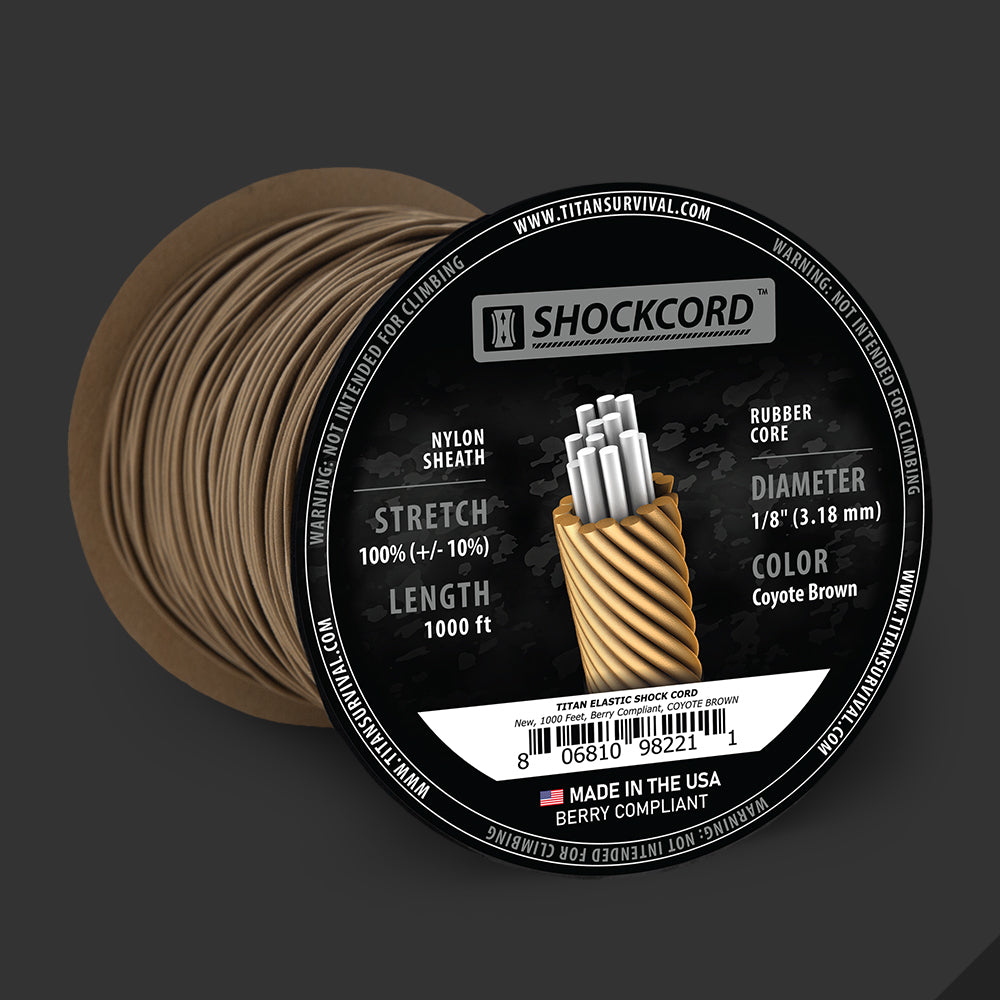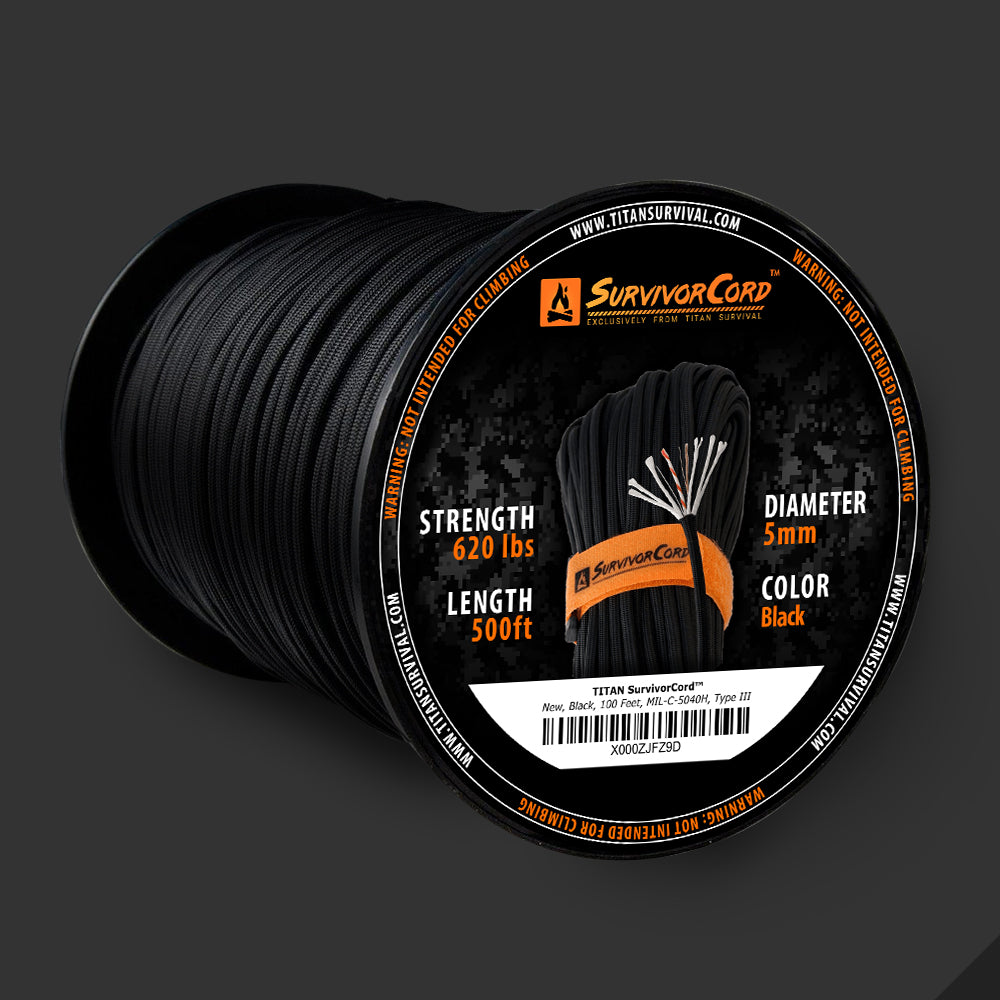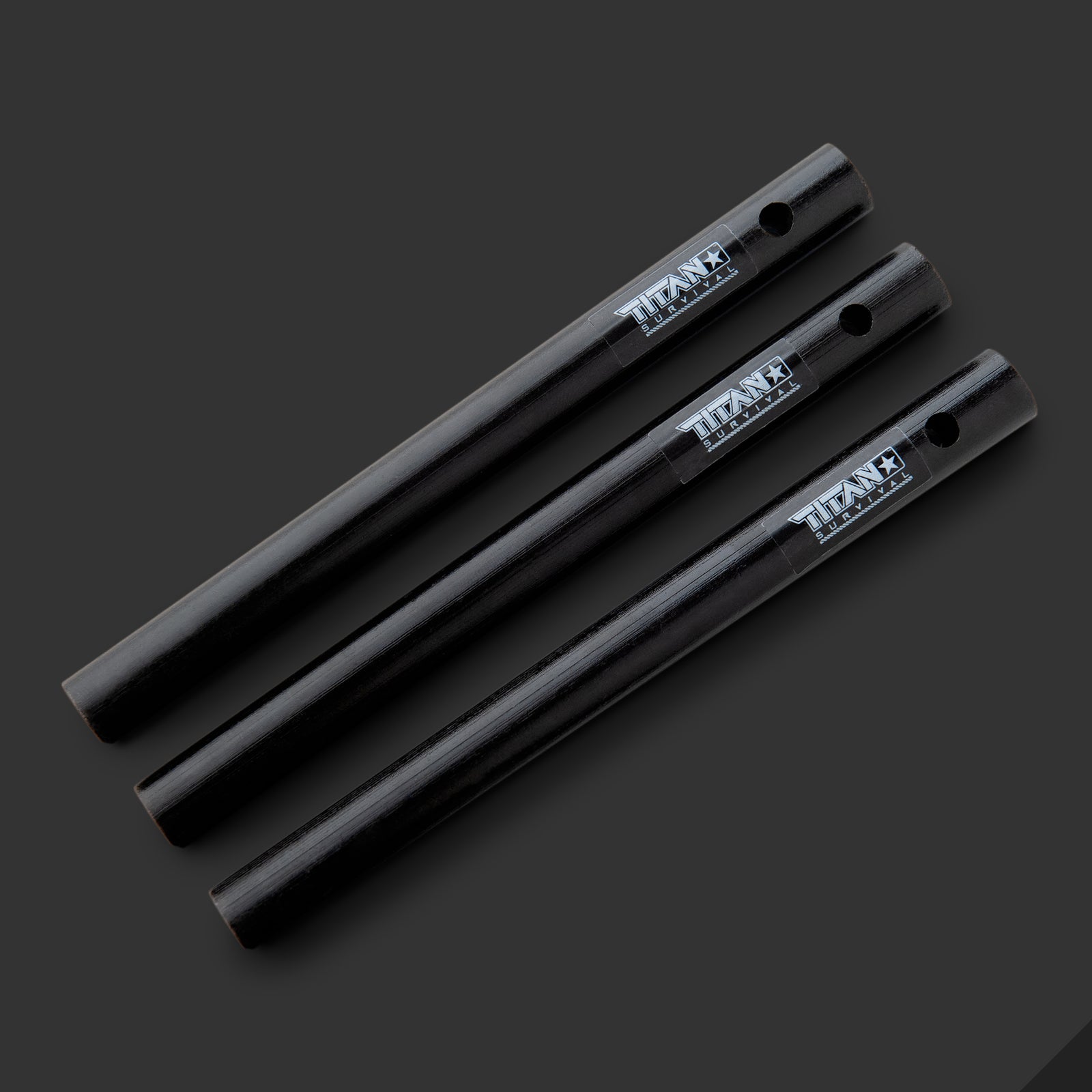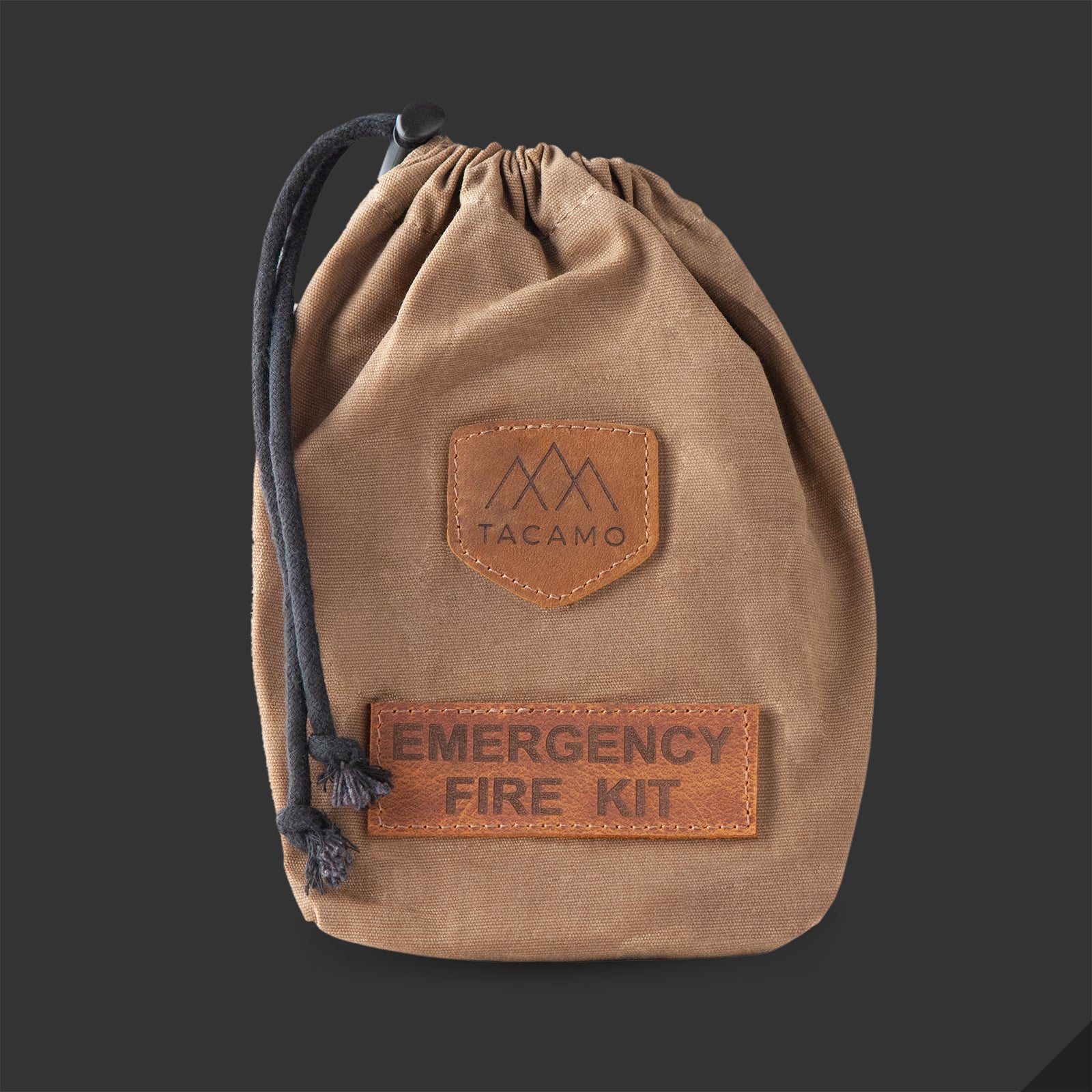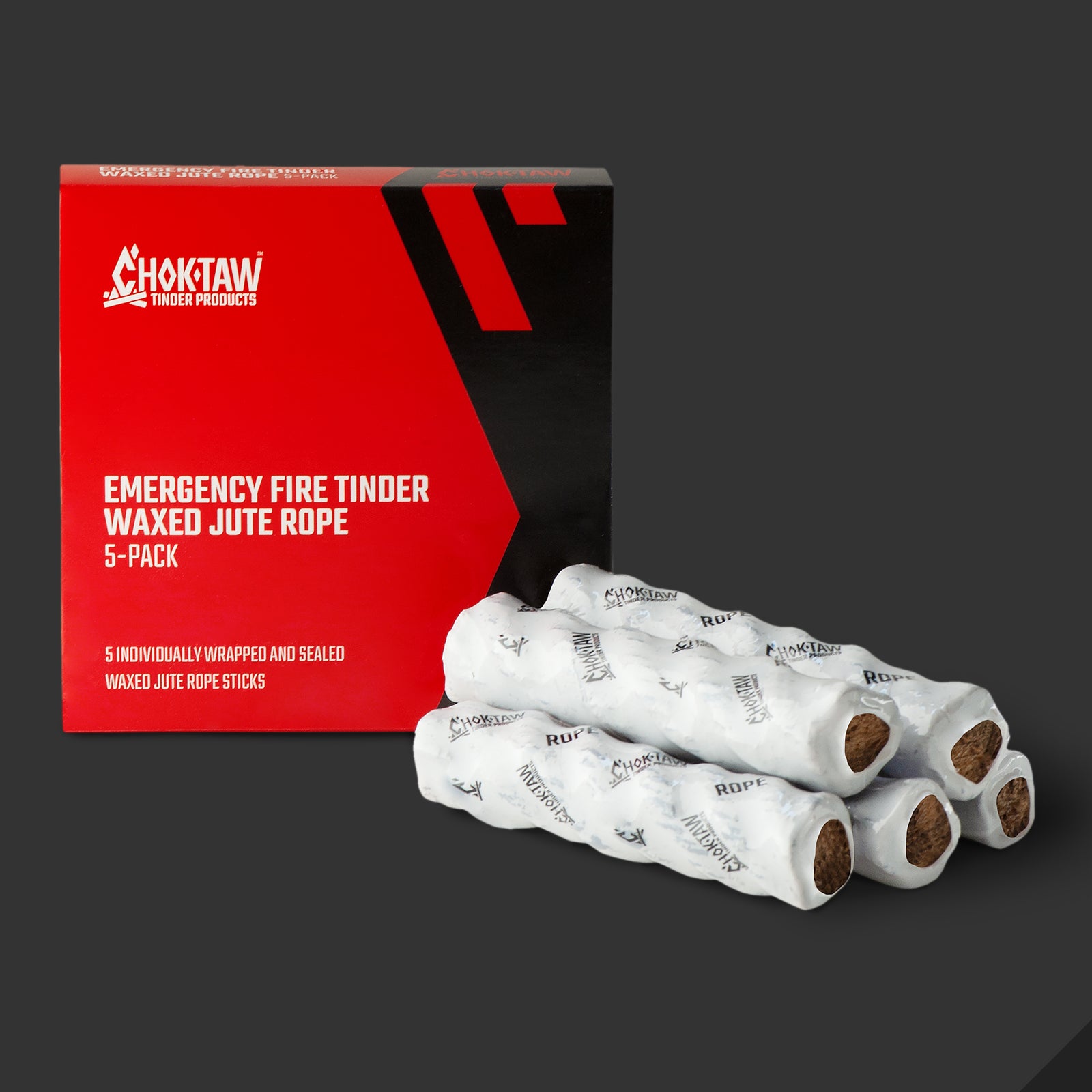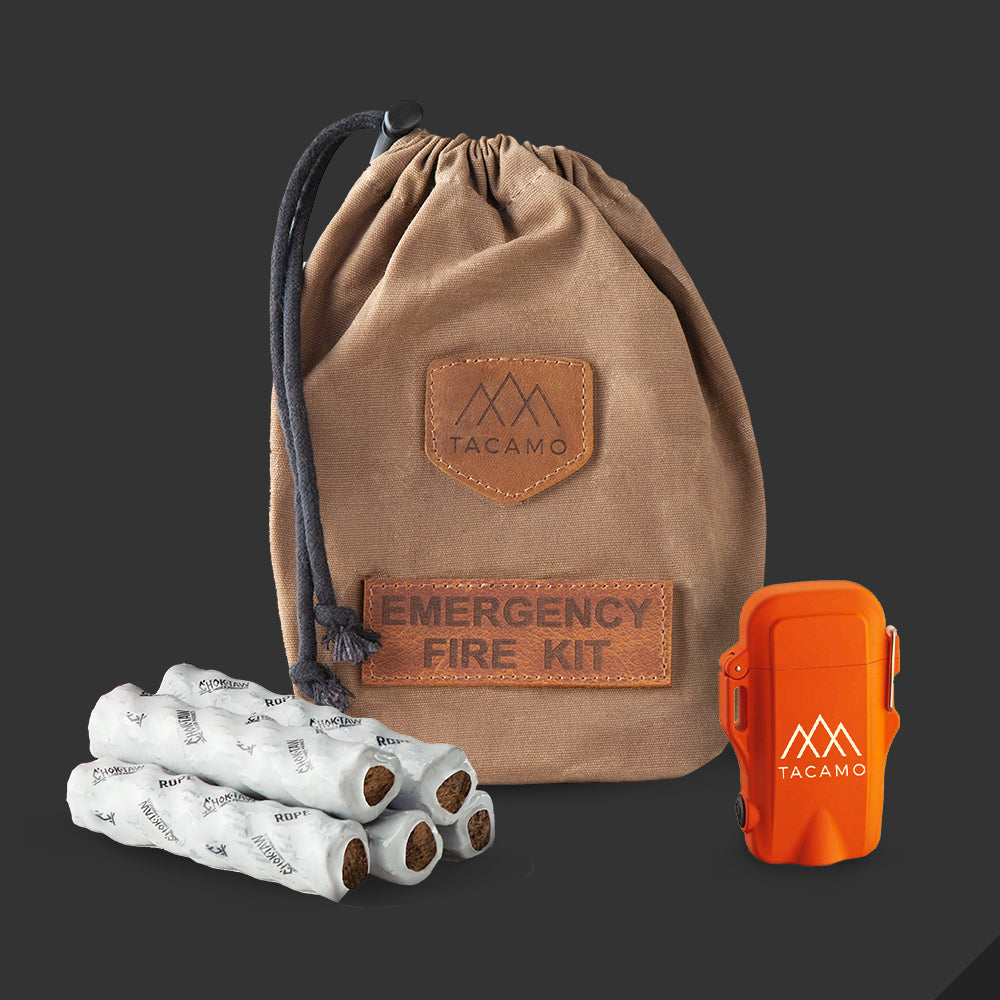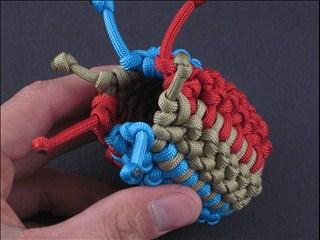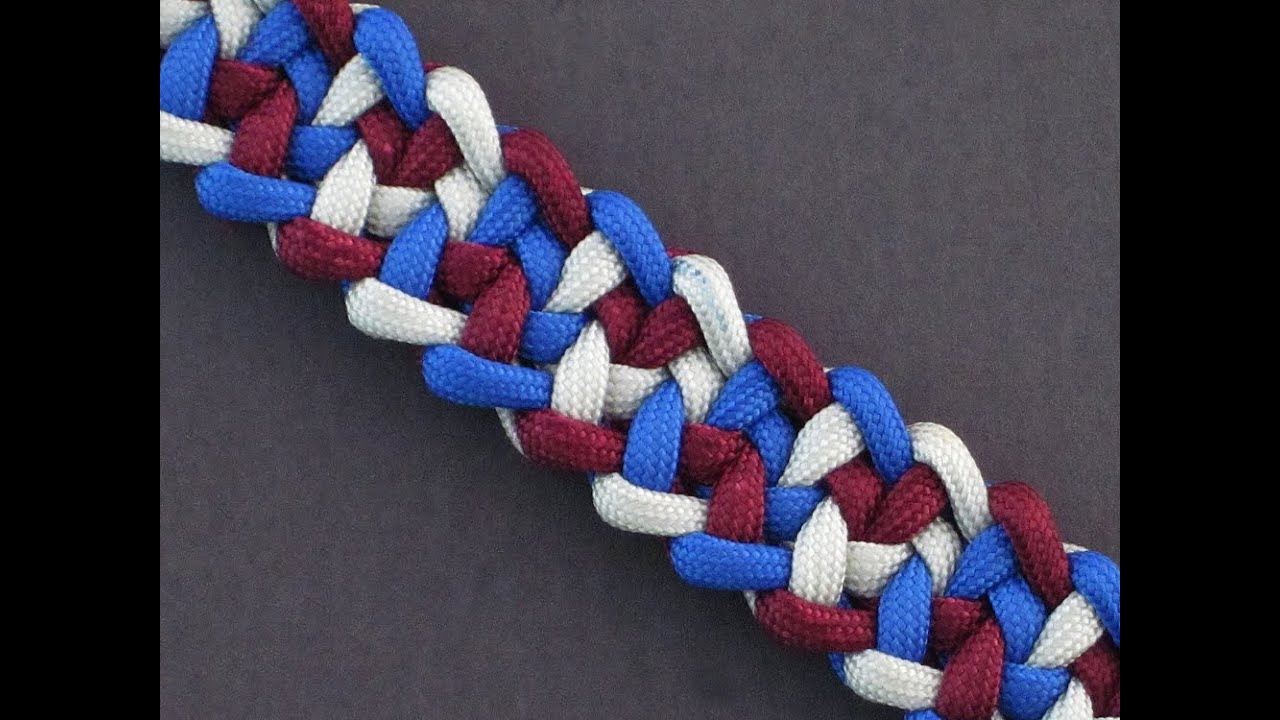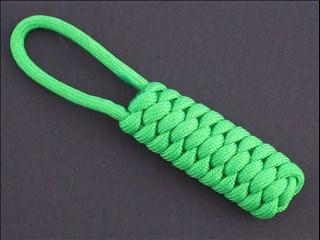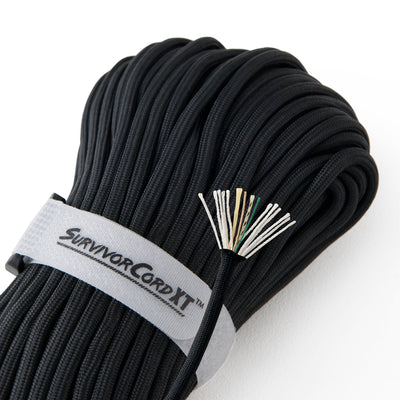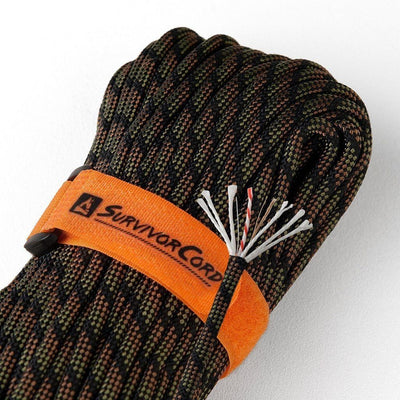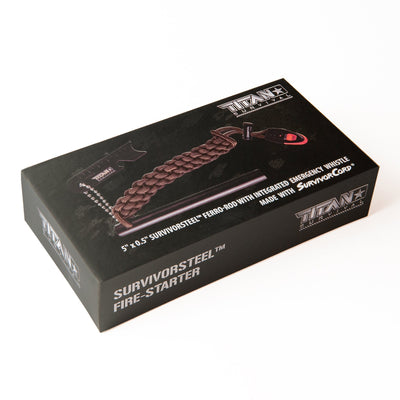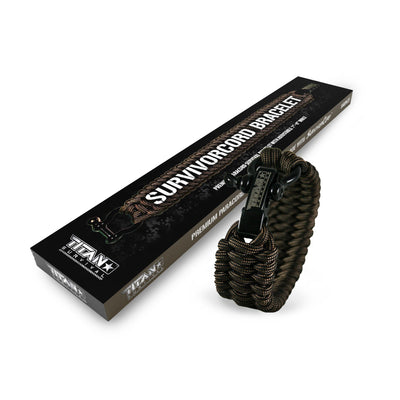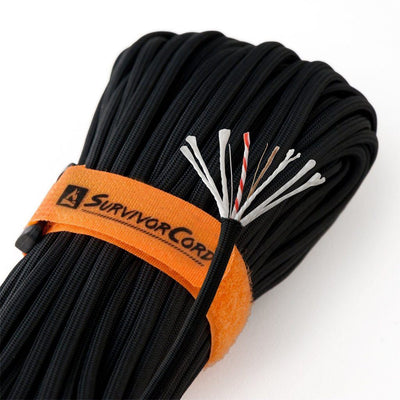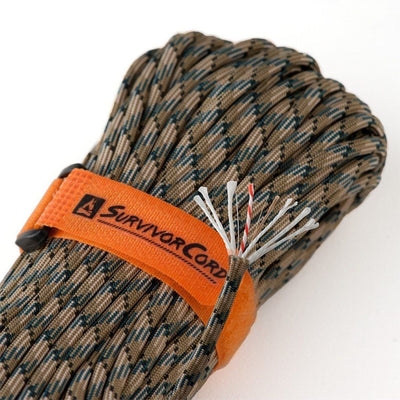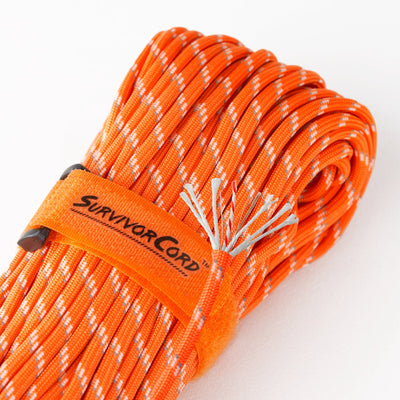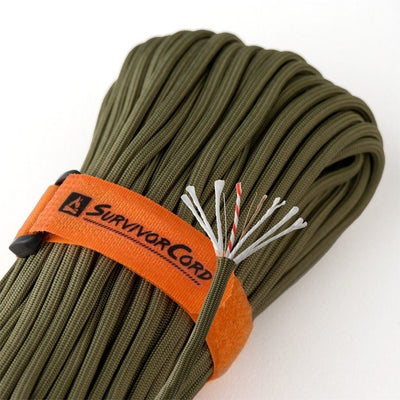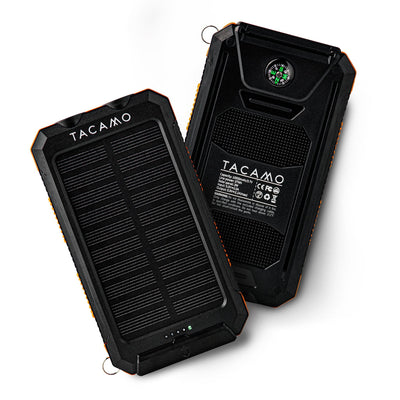In this video by 1stBurnmoorscouts, you'll learn how to make a quick and easy paracord pouch. The design possibilities are endless with this easy paracord technique.
For this project you will need a cylindrical item, such as a soda can or small plastic coffee container, a lighter, electrical tape, and a skewer (or if you have one, a paracord fid). The amount of paracord you will need will depend on the size of the cylinder, so it is recommended you work straight of the spool. For this pouch we will be using black SurvivorCord or WarriorCord for the base of the pouch and grey paracord as an accent.
To begin, tape the free end of the black paracord to the top of your cylinder and wrap the entire cylinder. Keep the paracord straight and flush with each previous pass. You do not want your paracord to overlap. Keep the wraps tight against the cylinder. Once you get to the bottom of the cylinder, ensure that you have an even number of wraps, cut the cord from the spool, and tape the end to the cylinder.
Next take the grey cord and cut an extra-long piece, more than 5’. It’s better to have too much than not enough, but if you run out you can just fuse a new piece on by melting the ends together. Melt one of the ends of the grey cord to the end of the black cord at the bottom of the cylinder. Tape the free end of the grey cord to a skewer, or attach it to a fid if you have one.
Starting at the bottom in line with the cord end taped to the top of the cylinder, begin to weave the grey cord through the wraps of the black cord. Go over the first two wraps, under the next two, and continue over and under. Once you get to the top of the cylinder, continue back in down going under the first two wraps, over the next to, and so on. Continue this process all the way around the cylinder, keeping them about the same distance apart.
Once you get all the way around, you want to make sure that you are finishing with the working end coming out of the bottom of the pouch. You are now ready to begin weaving the base of the paracord pouch. Bring the working end of the grey cord though under the last wrap at the bottom of the cylinder, over it, and back through the loop that has been created by the grey cord. Do the same thing around the closest weave loop, and again through the black cord that wraps around the cylinder. Continue this process all the way around the can.
Once you have made and pass around the bottom of the cylinder, work the grey cord through one of the previously made weaves, pull it most of the way through, and then work the end of the grey cord through the loop entering from above before pulling tight. Continue this process until the bottom of the cylinder is completely covered in paracord. Once you get to the closing point work the cord through the previous weaves towards the side of the cylinder. Come up the side of the cylinder a to the top finishing though a weave of the grey cord, cut the remaining working cord, and melt the end into place.
You can add a loop and a lid if you prefer, but there you have it, a quick and easy paracord pouch technique.

